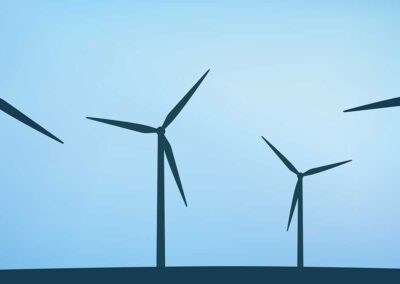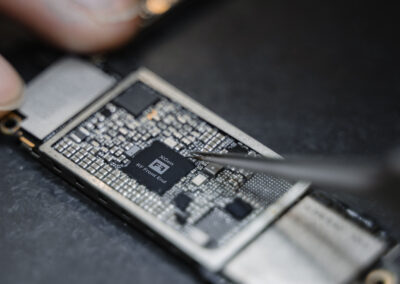In October 2018 FWT invested £1.7 million into FreeFlow Technologies Limited (FreeFlow).
FreeFlow is developing a patented technology for an e-bike system that promises to be lightweight and compact, providing a higher power density than existing solutions. The Company’s novel design will improve the ride experience and bike aesthetics because it can be packaged within the bicycle frame. The company has additionally developed an innovative mechanical transmission system for fixed wheel bikes that allows the rider to freewheel, whilst retaining the smooth ride quality of fix wheel.
Neil MacMartin founded FreeFlow in 2012, following over 15 years’ experience in his family bike business, based in Glasgow. FreeFlow’s e-bike system is designed with the rider in mind, allowing e-bikes to be ridden faster and further for less effort when powered and to ride like normal bikes when unpowered.
WAE has direct experience in the e-bike market having created the electric transmission system for Brompton Bicycles. The company can therefore provide technical guidance to the FreeFlow team. Alongside the Fund’s investment, FreeFlow will benefit from the investment management and growth experience of Foresight’s team of investment professionals.
In 2022, Freeflow won the Scottish Mountain Bike Award for Innovation: https://www.freeflowtechnologies.com/freeflow-technologies-wins-scottish-mtb-award-for-innovation/
More information on FreeFlow Technology is available at http://www.freeflowtechnologies.com/




